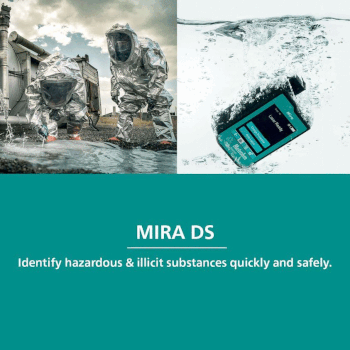Study of Applications of Some N-Donor Ligands and Their Transition Metal Ion Complexes
Abstract
Purpose of ReviewThis review shows the diversity of applications of some N-donor ligands (pyridine and diazine ketoximes and cyclen derivatives), investigated by the authors in the last ten years. Special attention has been paid to (i) metallomicellar hydrolytic catalysts based on metal ion complexes of lipophilic alkyl pyridin-2-yl ketoximes and diazine ketoximes with transition metal ions comicellized with hexadecyltrimethylammonium bromide, (ii) alkyl pyridin-2-yl ketoximes with quaternary ammonium groups in side chains as metal ion carriers through liquid membranes, and (iii) design and testing of a new supramolecular sensitizer based on a flavin-Zn2+-cyclene conjugate.
FindingsThe stability of the complexes of pyridine and diazine ketoximes with Ni2+, Co2+, Cu2+ and Zn2+ ions and nucleophilicity of the coordinated oximate group are crucial parameters influencing the efficiency of the complexes in hydrolysis of alkanoates. Zn2+ complexes are the most reactive in aqueous solutions since coordination of Zn2+ does not decrease nucleophilicity of oximate anions. On the other hand, the observed efficiency of the Zn2+ complexes in cationic micelles is lower in comparison with their solutions due to lower stability, which is a consequence of electrostatic repulsion between the positively charged micelle and metal cation. The Ni2+ complexes are most reactive in micellar solutions.
Alkyl pyridin-2-yl ketoximes with quaternary ammonium groups in alkyl chains are a new type of metal ion carriers suitable for Cu2+ and Pd2+; they do not extract Ni2+ and Co2+. The introduction of the cationic group into the extractants increases their selectivity and facilitates the metal ion transport. The efficiency and selectivity of metal ion transport mediated by ligand surfactants depends predominantly on their structure and lipophilicity.
Upon irradiation with visible light, the flavin-Zn2+-cyclen conjugate efficiently oxidizes 4-methoxybenzyl alcohol to the corresponding aldehyde with the quantum yield up to 0.4. In the presence of air, the resulting reduced flavin is reoxidized, and so catalytic amounts are sufficient for the alcohol conversion. The mechanism of the oxidation is based on photoinduced electron transfer from the coordinated benzyl alcohol to the flavin chromophore. In fact, the flavin-Zn2+-cyclen system is a supramolecular sensitizer of alcohol oxidation with oxygen. The conjugate also cleaves a thymine dimer model thus mimicking natural photolyase.
ConclusionsPotential applications of some N-donor ligands are shown. In most cases, the above systems are analogous to metalloenzymes where metal ion coordination plays an important role in substrate binding and in the activation of reactive functional groups.




